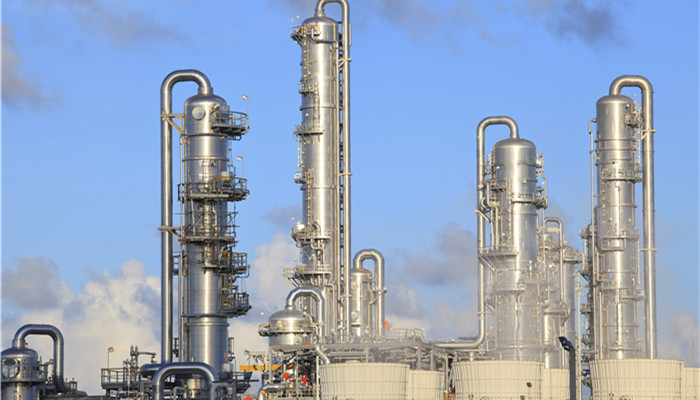
The scale of composite materials for oil and gas exceeds 15 billion, and the industry has good development prospects
Composite materials are new materials that are made by optimizing the combination of material components with different properties using advanced material preparation technology. Composite materials for oil and gas are composite materials that can meet the needs of oil and gas development, exploration, transportation and other scenarios.
Composite materials are divided into glass fiber, carbon fiber, boron fiber, aramid fiber, silicon carbide fiber, asbestos fiber, whisker, metal and other types according to reinforcing materials. Among them, the inherent thermomechanical properties of carbon fiber (CF), as well as its high specific strength and high chemical resistance, make it an ideal choice for industries that require lightweight, low thermal expansion coefficient, electrical conductivity and chemical inertness. At present, carbon fiber composite materials are also the main product type of composite materials for oil and gas.
One of the main applications of composite materials in the oil and gas industry is the construction of pipelines. Composite materials can be used to make high-pressure pipelines that are resistant to corrosion and erosion. They can also be used to build risers to transport oil and gas from the seabed to the surface. They can also be used offshore. The platform is built for durability and resistance to environmental factors such as salt water, strong winds and harsh temperatures. In addition to their use in infrastructure, composites are used in drilling and the production of various equipment components, such as drill pipe, blowout preventers and wellheads, and in the construction of storage tanks for storing crude oil, natural gas and other liquids.
Compared with traditional materials such as steel and aluminum, composite materials have the advantages of high strength-to-weight ratio, corrosion resistance, high temperature and high pressure resistance. In recent years, with the rapid development of composite material technology, the oil and gas industry’s increasingly high requirements for materials, and the continuous exploration of the application of composite materials in the oil and gas field, composite materials are increasingly used in the oil and gas field.
Industrial Research Center released “Oil and Natural Gas 2023-2028″ Composite Materials Industry Market In-depth Research and Investment Prospects Forecast Analysis Report” shows that as the global oil and gas industry’s demand for improving operational efficiency, reducing maintenance costs and enhancing safety continues to increase, the global oil and gas industry The market size of composite materials for oil and gas has shown a fluctuating growth trend. In 2022, the global composite materials market for oil and gas will exceed 15 billion yuan. Major companies in the industry include Baker Hughes of the United States, Strom of the Netherlands, NOV of the United States, Halliburton of the United States, etc.
With the increasing global environmental awareness and increasingly strict carbon emission policies, the world is vigorously developing the development and use of natural gas. Composite materials are lighter, more durable and more corrosion-resistant than steel. They have many advantages over traditional materials in the transportation and storage of natural gas, making the field of natural gas transportation and storage increasingly inclined to use composite materials.
In the next few years, as global oil and gas exploration activities continue and the demand for high-performance materials increases, the global oil and gas composite materials market will maintain a growth trend. It is expected that the global oil and gas composite materials market will reach 25 billion in 2028 At about 100 yuan, the industry has good development prospects.

 微信扫一扫打赏
微信扫一扫打赏

